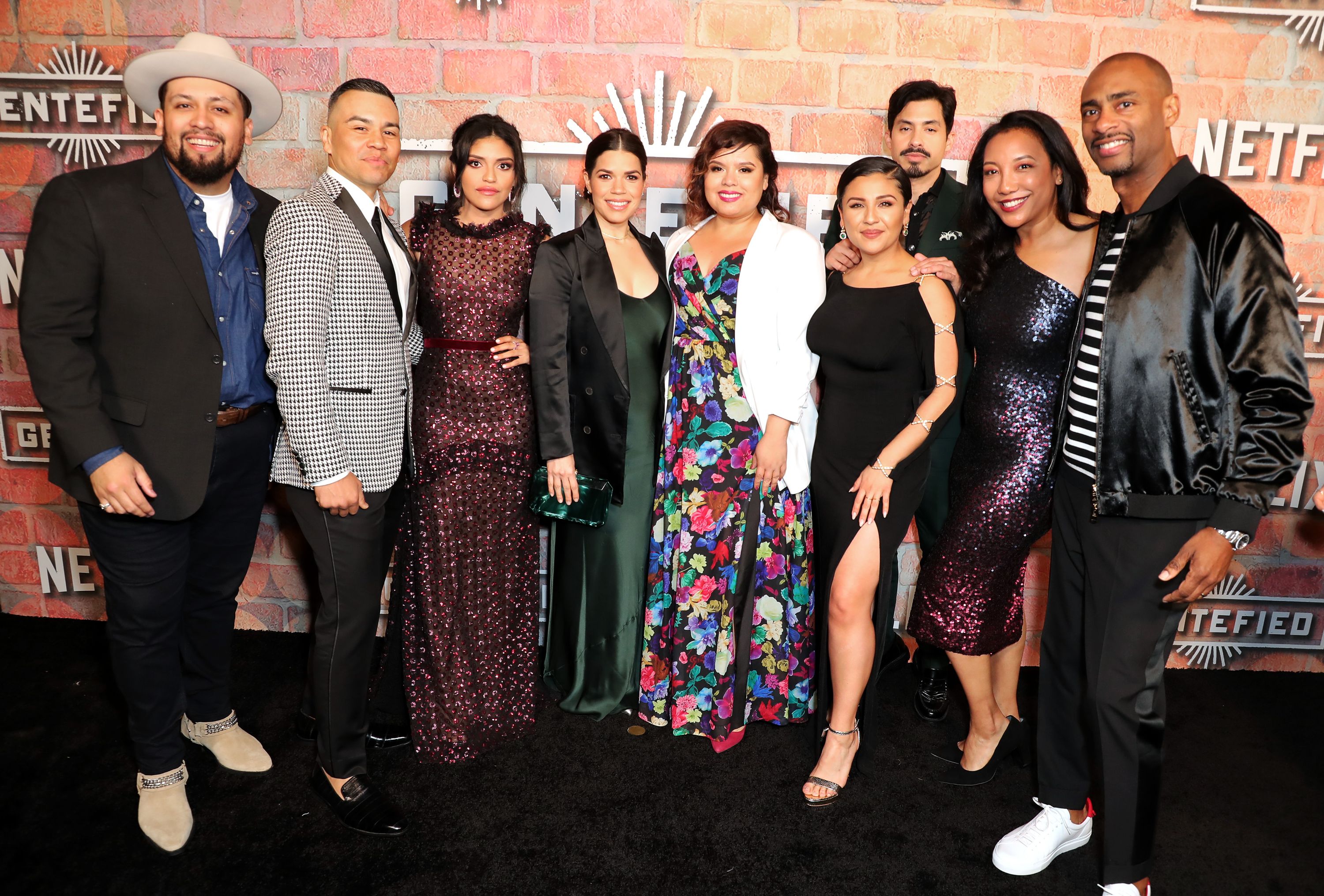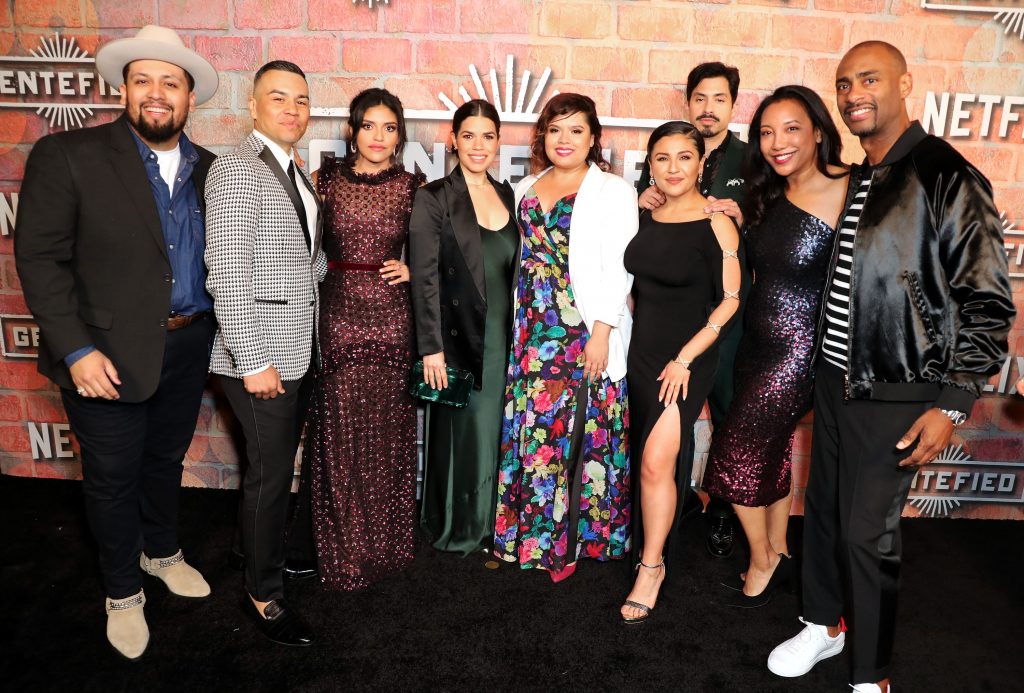There is one word you should be adding to your vocabulary after watching Netflix’s new bilingual comedy Gentefied: “gentefication.” The concept, which gives Marvin Lemus and Linda Yvette Chavez‘s Boyle Heights-set show its name, has been slowly making its way to the mainstream. In essence, it’s a variation on gentrification but with very specific nods to how this works within predominantly Latinx neighborhoods (ergo, the use of “gente”). But rather than bore you with an academic definition or get needlessly weighed down with the many discussions it can raise, we decided to ask the cast and crew of Gentefied to break it down for us.
While celebrating the show’s premiere at Plaza de la Raza in East L.A. (as apt a venue for such a party as any), Remezcla got the talented folks behind this groundbreaking show to define, as simply as they could, the animating theme behind this funny family comedy. Here’s what they had to say.
Gentefied is now streaming on Netflix.
Carlos Santos, Chris on Gentefied
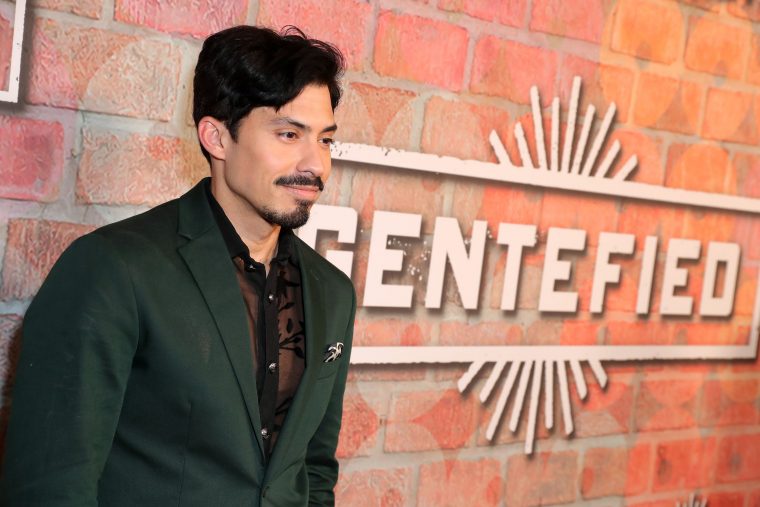
“I think the best way to describe the gentefication is: it’s the same as gentrification. But instead of outside people coming in, it’s the community — that young people that go out become professionals but then they have a desire to come back and bring those skills to the community. Which on paper should sound good but at the same time it still brings up the prices and it still displaces people out of their homes. So it’s a complicated issue. It’s a delicate balance between beautification of places and also raising the prices and moving people out. But I think the most important thing about gentefication, which is different from gentrification, is it strives not to erase. And I think that’s one of the things that gentrification does, unilaterally. They come in, bring everything up and then just start erasing the existence and identity of people that were there before.”
Linda Yvette Chavez, Gentefied writer & co-creator
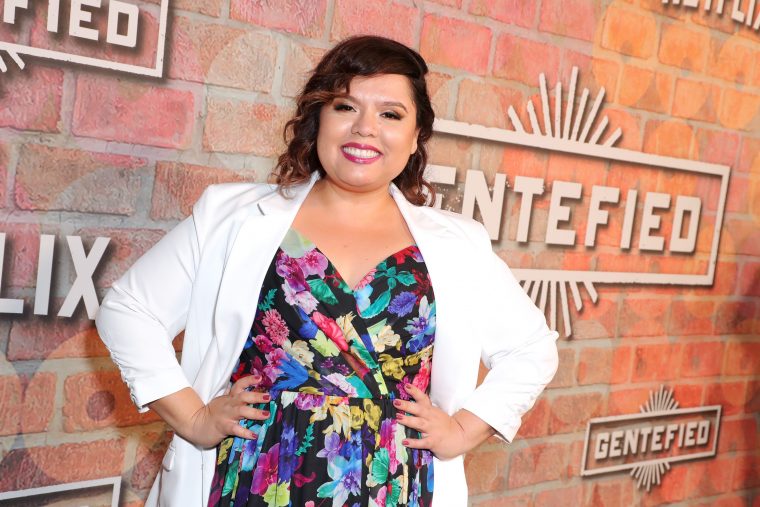
“Gentefication is when upwardly mobile Latinx kind of come back into the neighborhood, or may already be in their neighborhood, and are making changes to try to attract more business. But, in the process, end up displacing the very people that they love and hold dear. And it becomes very complicated situation because you know, we want good things for ourselves, but sometimes, that means bringing in outsiders who might displace all of us.”
Julissa Calderon, Yessika on Gentefied
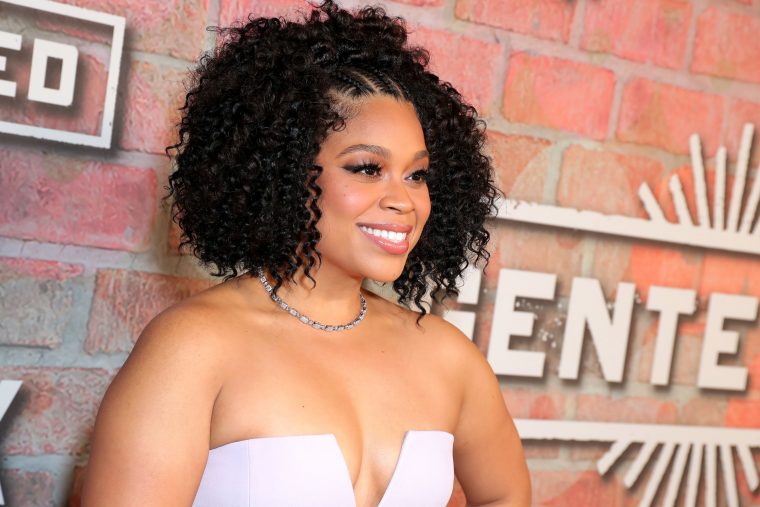
“I think that the gentefication is Latinos trying to assimilate just a little bit, right? They’re trying to make sure that they can stay afloat in a neighborhood that is being gentrified. They’re not selling out, but they’re crossing the thin line. Actually, they’re not. It’s not that. I don’t know if they’re selling out, but they’re definitely moving on a thin line, and they’re definitely trying to figure it out. I don’t know if gentefication has been figured out yet. I think we’re still trying to figure it out.”
Karrie Martin, Ana on Gentefied
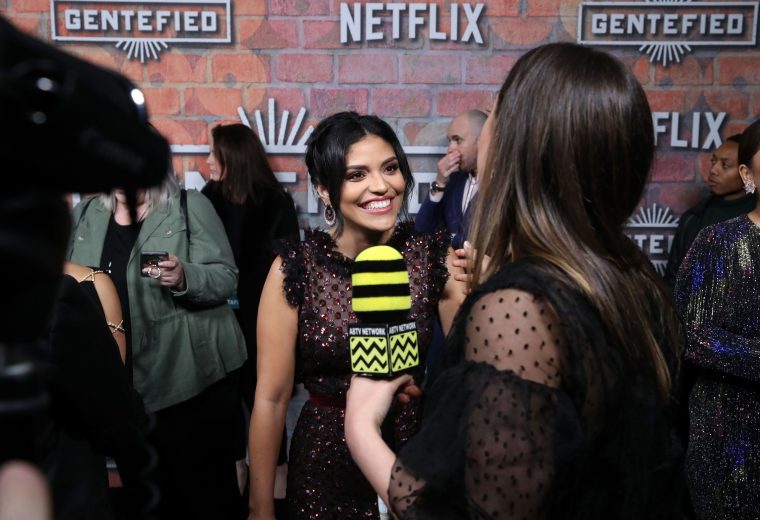
“Gentefication, obviously, is derivative of the word ‘gente’: It’s the people. It’s people within the community making the changes of their community: Do you keep the value? Do you remove the value? What’s happening? And I think that’s the big question mark in everything that is Gentefied.”
Annie Gonzalez, Lidia on Gentefied
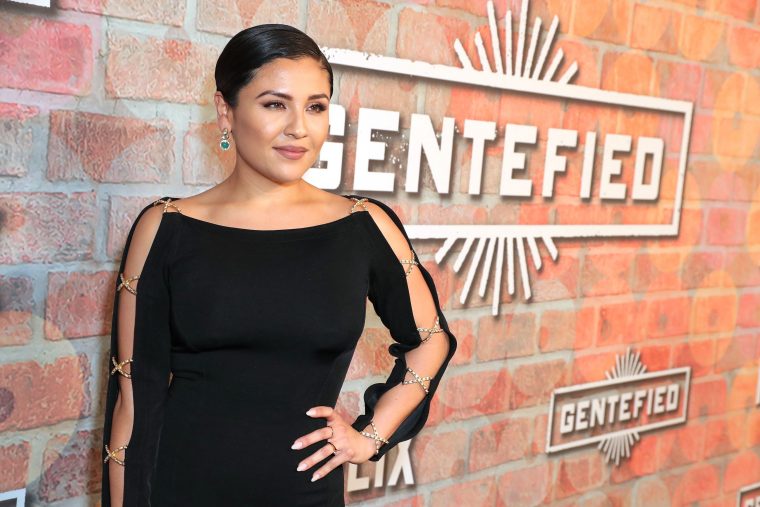
“All right, well, I’m born and raised in East L.A. And I make the most of my money out in Hollywood — I don’t live there anymore. It’s like if I were to go back and buy property I would essentially be a gentefier. That’s what gentefication means.”
Monica Macer, Gentefied showrunner
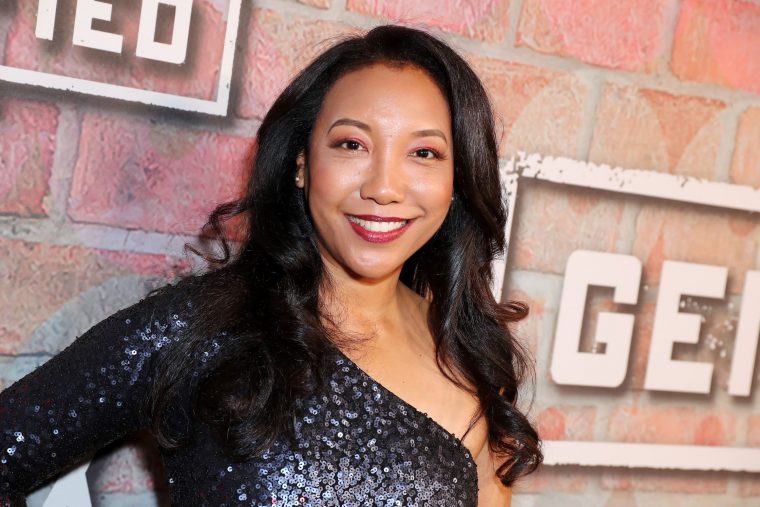
“A lot of people, you know, when they think about gentrification, they think about white versus people of color. And I think what our series also explores is that there’s difference between first and second gen. And particularly first and second gen. wealth. And in this series we explore how you might not even realize, if you’re a person of color, how you’re contributing to displacement and homelessness within your own community — even if you have the best of intentions. I’m half Korean. My mother’s a Korean immigrant. And we are watching it happen in Koreatown right now. She’s getting ready to sell her condo and very much wants a Korean realtor so that she can get a Korean buyer that will help preserve the identity of the building.”
Alejandro Patiño, Chuy on Gentefied
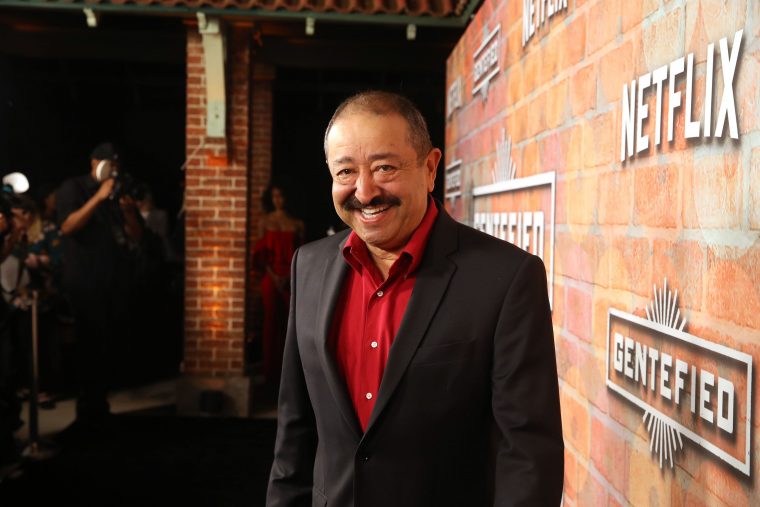
“People need to change their attitude—you know, we lost track of community. And that’s what gentefication does. It separates us, I think. Because you’ve got all these different cultures and economic differences that evolve and end up changing the town or the city for the better or for the worse, depending on who you’re talking to.”



